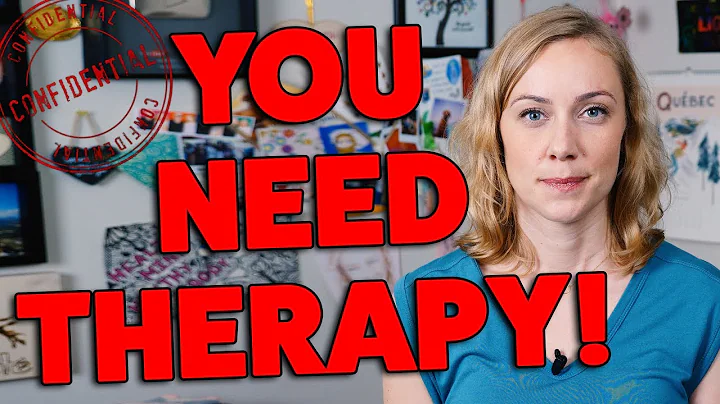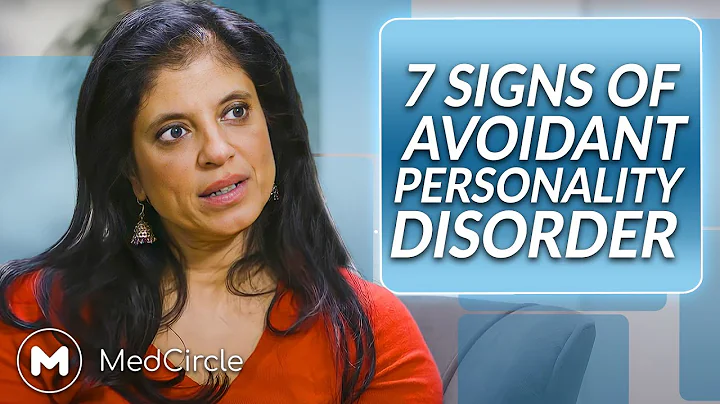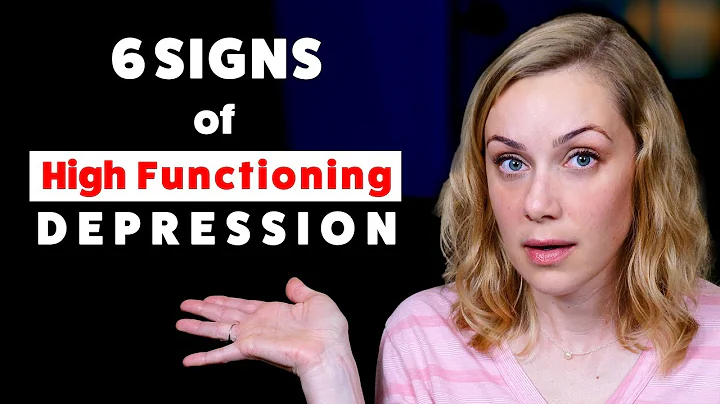VOL 2896
Some time ago, the General Office of the National Health Commission issued the "Notice on Issuing the Standards for Screening Intervention Services for Children Aged 0~6 Years (Trial)" (National Health Office Maternal and Childhood Distribution [2022] No. 12). (Breaking news! The country takes action, and the latest standards for autism screening and diagnosis are exposed!)
The "Name" proposes 9 conditions that need attention, including:
Speech and language development disorder , intellectual development disorder, reactive attachment disorder, childhood social anxiety disorder, selective mutism , children schizophrenia , attention deficit hyperactivity disorder , tic disorder, and epilepsy.
These diseases may conceal or confuse the core symptoms of autism itself, delay diagnosis, and affect the patient's intervention effect. Therefore, it is particularly necessary to identify and differentiate and diagnose in a timely manner to clarify the patient's condition.
So, what is the relationship between these diseases and autism? How to identify families with autism? Rice and Xiaomi are sorted out as follows -
Q1
Speech and Language Disorder (SLD)
Language: a symbolic system composed of pronunciation, vocabulary and grammar that is shared or conventionally established by socially. The narrow language includes oral language, written language, and gesture language. People achieve the purpose of communication through language.
Language disorder refers to defects in language comprehension and application ability. The American Speech-Language Listening Society (ASHA) has a wide definition of language disorders, including language backwardness and idiopathic (unexplained) language backwardness secondary to brain or nerve damage, hearing impairment or other neurological/somatic diseases. The 5th edition of the Diagnostic and Statistical Manual of Mental Diseases (DSM-5) mainly refers to idiopathic language backwardness.
Language disorder is manifested as a significant lower comprehension and expression ability than expected age , including ongoing difficulties in learning and using listening, speaking, writing, sign language or other forms of language learning and use.
For example, you start speaking late, have few vocabulary, have low vocabulary diversity, short sentences/sentence structure limitations and accompanied by grammatical errors, difficult dialogue, inability to initiate or expand dialogue, and cannot tell something in an orderly manner.
Language: refers to the mechanical process of forming spoken language, that is, speaking. In order to make oral expression sound louder and clear, normal sound architecture and nerve and muscle activities related to speech production are required.
When there is an abnormality in the speech process or words, it is called a speech disorder . It includes three categories: voice disorder, voice disorder and stuttering.
ASHA defines speech disorder as a comprehensive term, such as speech disorder definitions include structural abnormalities (such as cleft palate ), motor function abnormalities (such as children's speech aversion), perceptual abnormalities (such as hearing impairment) and unknown cause, while DSM-5 refers to functional speech disorders with unknown cause as a common clinical disease.
Phonetic disorder is manifested as unclear and unstandard pronunciation of speech; voice disorder refers to abnormalities in tone, loudness, sound quality, etc., such as hoarseness, breathing, sharp or rough sound; stuttering fingers are not smooth, pronunciation is repeated, pronunciation is prolonged or paused.

Language characteristics of children with autism
Speech and language disorders are one of the most common disorders in children . The common point among children with autism and speech/language disorder is that they both have different degrees of speech deficits. Many children with autism first visits are speech/language disorder, but they are not the core symptom of autism.
Children with simple language/verbal disorders can use various body languages to express their meanings, while children with autism will not or rarely.
In addition, children with slightly older language/language disorders may suffer from impaired self-esteem due to insufficient language/language ability, resulting in social distancing and even behavioral and psychological problems. However, the core reason is that insufficient language ability is not an obstacle to social ability itself.
Q2
Intellectual Development Disability (IDD)
Intellectual Development Disability is a neurodevelopmental disease, which refers to a significant intellectual backwardness caused by various reasons before the age of 18, and is accompanied by significant defects in social adaptive behavior.
For example, deficiencies in reasoning, problem solving, planning, abstract thinking, knowledge learning and experience learning ability are commonly said to be willing to learn but cannot.
Diagnosis of intellectual disability is mostly used in children over 5 years old, characterized by intellectual level below 70 and adaptive function deficits.
html When the clinical severity of children under 15 years of age cannot be reliably evaluated, based on the response time of developmental milestones, if more than two dimensions lag behind children of the same age, it can be diagnosed as general developmental delay.
In December 2021, a report released by the US Centers for Disease Control and Prevention (CDC) showed that according to data from 2018, 35.2% of 8-year-old children with cognitive data were classified as intellectually disabled (IQ ≤70).

Image source: CDC website
Children with mild intellectual disabilities can use some non-verbal communication and social interactions that are comparable to their own mental level, such as eyes, facial expressions, gestures, sharing happiness or simple turn-style games (such as hide and seek).
Children with autism have obvious primary social disorders, including non-verbal social deficiencies, such as few responses to others, few communication skills, and poor gaming skills.
Q3
Reactive Attachment Disorder (RAD)
Reactive Attachment Disorder often occurs in infancy and early childhood, with a developmental age of at least 9 months, and is obvious before the age of 5. Its basic characteristics are lack of attachment or overall lack of attachment between children and caregivers, and impaired emotional regulation ability accompanied by abnormal behaviors.
For example, when the environment changes, you are prone to fear, sadness or irritability, rarely seek comfort to the minimum or react to comfort others, rarely express positive emotions, rarely socially and emotionally react to others, and have no interest in playing hide-and-seek or other interactive games.
RAD children themselves have the ability to form selective attachment, but they fail to show selective attachment behavior due to adverse experiences during early developmental periods.

Documentary "Child of Rage" Girls with RAD Beth
RAD is very similar to the symptoms of autism :
For example, both will show slow emotional expression, cognitive and language delay, impaired social interaction, etc. However, young children with RAD experience a history of severe social neglect, while children with autism rarely do this.
RAD patients also rarely show localized interest or ritual behaviors and unusual sensory responses in autism. Children with autism usually exhibit attachment behaviors that are appropriate to their developmental levels, while children with reactive attachment disorders are rare or lack of consistency even if they have attachment behaviors.
In addition, autism is a neurodevelopmental disorder. The main pathogenic factors of RAD are that children continue to experience emotional neglect in caregivers, repeated changes in caregivers, or long-term living in adoption institutions that lack emotional care. Not a primary brain development defect. In terms of treatment, RAD treatment generally adopts an unstructured approach, using games, language and physical contact to promote interaction between parents and children. The focus of treatment is to keep children away from bad parenting environments and rebuild a good attachment relationship between children and caregivers.
Q4
Children's social anxiety disorder (SAD)
Children's social anxiety disorder is manifested as having good social performance with family members or familiar people, and in social situations where there are strangers, they show persistent excessive embarrassment, anxiety or fear, and trying their best to avoid social interaction. The degree of anxiety exceeds the normal limits that the patient should have for age, which significantly affects the patient's social function.
patients also often cause negative comments due to their words and deeds or symptoms of anxiety, and avoid social interaction.
For example, patients who are afraid of hand shaking may avoid eating, writing, and reaching out their fingers in social situations; patients who are afraid of blushing may avoid performing in public, avoiding strong lighting or discussing intimate topics; some individuals are afraid and avoiding going to public bathrooms to urinate, etc.
The social communication and interaction defects in autism can lead to impaired social function, which is the same as the childhood social anxiety disorder. The difference is that people with childhood social anxiety disorders have sufficient social relationships and social communication skills that match their age.
Q5
selective mutism (SM)
selective mutism is a type of anxiety disorder. It is a common social and emotional disorder in children. It often starts before the age of 5. The main manifestation is that it only speaks in familiar occasions such as home, while refusing to speak in other occasions. Its signature is high social anxiety.
Young children with selective mutism are sometimes easily confused with autism because they also have social communication problems, such as social isolation, shyness, sensitivity to people or noisy, and inability to speak appropriately in social situations. However, the early development of selective mutism is usually not disturbed, non-verbal social interactions are not damaged, and no repetitive stereotypes are not repeated.
In addition, some children with high functioning autism or Asperger syndrome can also suffer from social fear and social experience frustration, combined with selective mutism or social anxiety disorder.

Image source Micro Movie "Quiet Painting"
Q6
Children's schizophrenia (SDC)
Children's schizophrenia is a mental disease of children, mostly caused by hereditary, strong mental trauma, and pre-ill personality traits, mainly manifested as speech and thinking disorders.
For example, language lacks logic, self-talk, topic jumps, delusions; perceptual disorders such as visual hallucinations, extremely sensitive to sound or lights, abnormal movement and behaviors such as excitement and dullness; emotional indifference and loss of will; Sleep disorders such as inability to fall asleep; improper behavior and reactions in social occasions, such as laughing at sad moments, etc.
In 2018, a study published by the official journal of the International Society for Autism Research showed that the prevalence rate of schizophrenia co-affected ASD is 3.4% to 52%.
Unlike autism, children with schizophrenia usually appear after a normal developmental stage, with hallucinations and delusions, and usually without stereotyped behavior.
In addition, social impairment in children's schizophrenia is often secondary to symptoms, while autism is primary social impairment.
Q7
Attention Deficit Hyperactivity Disorder (ADHD)
Attention Deficit Hyperactivity Disorder is one of the most common comorbidities of autism . Children with ASD can show all the symptoms of ADHD in the diagnostic criteria. Correspondingly, children with ADHD are often reported to have autism-like symptoms, which can also lead to impaired social functions.
In 2020, a document released by the Chinese Journal of Pediatrics showed that 15% to 25% of children with ADHD co-occurred with autism spectrum disorder, and 50% to 70% of children with autism spectrum disorder co-occurred with ADHD.
The difference between autism and ADHD is mainly reflected in :
Both may lead to social damage. The former is the primary social deficit, and the latter is the secondary social exclusion or isolation.
The symptoms of hyperactivity and attention deficits are more serious, but they are overly obsessed with things they are interested in and overly focused.
Due to social disorders, the hyperactivity in children with autism is often unscrupulous hyperactivity without social consciousness, while simple ADHD is a discriminatory "careful" hyperactivity.
For autistic children with co-ADHD, they will be more difficult to sit down, be more uncontrollable, and maintain attention to study and receive training.
partially has high-functioning autism, attention deficit hyperactivity disorder has even more impacts on it than autism itself.
Q8
Ticle disorder (TD)
Ticle disorder, also known as tics, is mainly manifested in involuntary, sudden, rapid and repetitive, non-rhythmic muscle movement and (or) vocal tics. When tics are combined with tics and movement, it is called tics-abstract syndrome (also known as Tourette syndrome). Many foreign studies have found that the prevalence of tics in autism is significantly higher than that of in the general population, and the prevalence of autism or Asperger's syndrome among relatives of tics patients is higher, suggesting that autism and tics are closely related in genetics and neuropathology. A foreign survey in 2007 found that the co-morbidity rate of tics in autistic patients was 22%. These patients with co-morbidity of tics have varying degrees of cognitive impairment, and the severity of tics is correlated with the degree of cognitive impairment. Severe tic symptoms will add obstacles to the children's daily life, education and training, and social development, and may increase emotional, psychological and family pressure and burden. Q9 Epilepsy Epilepsy is commonly known as "epileptic", and is a chronic disease in which sudden abnormal discharge of brain neurons leads to temporary brain dysfunction. Studies have found that epileptic seizures in autistic patients are related to intellectual disability. The more serious the intellectual disability, the higher the incidence of epilepsy. Previous foreign studies have believed that the prevalence of epilepsy in autism is about 26%, but in recent years, with the increase in the number of mild cases diagnosed, this proportion has dropped significantly. Compared with patients with simple epilepsy, patients with autism have a relatively late age and focal epilepsy (partial systemic seizures, often without loss of consciousness) in the form of epilepsy. Because long-term frequent epilepsy can seriously affect the function of the patient's brain, it is recommended to perform routine EEG examinations for autistic patients in clinical practice. Autism-co-epileptic epilepsy requires treatment in pediatric psychiatry. Doctors will choose corresponding anti-epileptic drugs for treatment according to different types of epilepsy seizures, and most children are satisfied with the results.
This article was reviewed and published by Yang Binrang, chief physician of the Children's Health and Mental Health Center of Shenzhen Children's Hospital.
References (slide up and down)
1. American Society of Psychiatric Medicine "Diagnostic and Statistical Manual of Mental Disorders" DSM-5
2. Selective Mutism Association of China - SMACh
3. Chinese Journal of Psychiatrics, 2020, 53(06): 558-561
4. Chinese Journal of Pediatrics, 2020, 58 (03): 188-1935.
5.https://www.cdc.gov/mmwr/volumes/70/ss/ss7011a1.html
6.https://onlinelibrary.wiley.com/doi/full/10.1002/aur.1977
compilation | Meisha
edit | Pipipa











